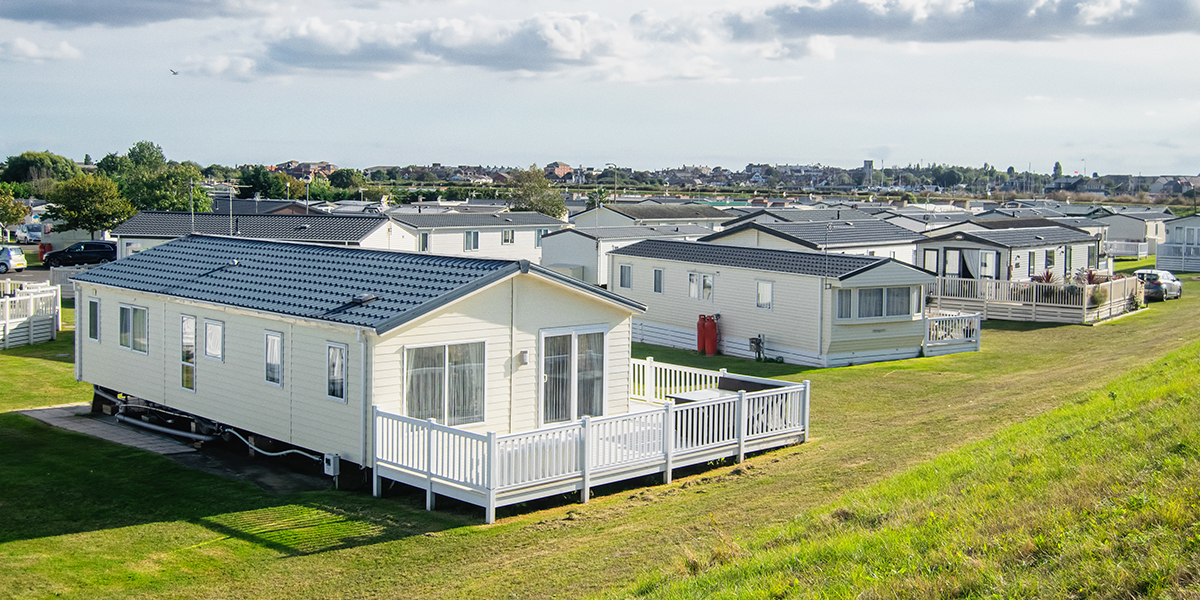Irrigation is responsible for maintaining the beauty of your exterior landscape, but it may also be responsible for your hefty water bill if you’re not careful. According to the Federal Emergency Management Program, a whopping 50 percent of irrigation water is wasted due to runoff, overwatering, evaporation, wind, or faulty system performance due to shoddy installation and poor maintenance. Luckily, there are several things you can do to optimize your property’s irrigation system:
Know exactly how much water your property’s lawn and landscaping needs
The first step to cutting down your irrigation system’s water usage is to make sure that the system is not using an exorbitant amount of water in the first place. While your irrigation specialist should be able to handle these calculations for you, it’s also really easy to measure this yourself. Simply place a clear cup on the ground being irrigated, turn on your sprinkler system for 15 minutes, and see how full the cup becomes in that timeframe. Grass lawns typically only require half an inch of water per week, so if the cup collects 0.5 inches of water within 15 minutes (so, about two inches per hour), then that means you only need to run the sprinklers for 15 minutes every seven days.
Make sure all irrigation sources are releasing water uniformly
Of course, not all sprinklers may be releasing the same amount of water, so it’s important to perform that cup test in different areas of your irrigated property. If one cup fills up faster than the areas, then you may have a uniformity issue. Not only can overwatering affect the health of your plants, but it also wastes precious water resources. To remedy a uniformity issue, you typically need to inspect and replace irrigation nozzles
Adjust sprinkler timing on slopes to prevent needless runoff
Sprinklers installed on sloped landscapes are a common source of uniformity issues, causing water runoff to spill into sidewalks and roads after only a few minutes. In this situation, instead of the usual 15 minutes, you may want to run your slope’s sprinklers so that they run five minutes, three times a day (leaving an hour between each run time for water to soak in).
Inspect the system for leaks and water pressure issues
Leaks waste water and hike up your utility bills, and water pressure issues can adversely affect the overall performance and efficiency of your sprinkler system. It’s critical that these issues are addressed immediately, which is why it’s so frustrating when you catch a leak too late. To prevent this kind of situation, a water meter monitoring system, like WaterSignal, can do wonders by detecting leaks as they happen.
Invest in smart irrigation technology
We’ve come a long way as far as the technology we use to keep our landscaping in tip-top shape. High-efficiency nozzles that minimize wind drift and evenly apply water across your landscape can save an estimated 30 percent on your water bill. Rain shut-off switches can automatically turn your sprinkler off in the event of rain, resulting in a 15-20 percent savings. Advanced smart irrigation technology can adjust your system based on rainfall, plant zone, and season. A water meter data management system, such as WaterSignal, can even monitor your property’s entire water usage — from your landscaping to your plumbing — offering you a comprehensive look at your establishment’s overall water usage.
Contact WaterSignal today to learn how a water meter data management system can help optimize your property’s irrigation system.




